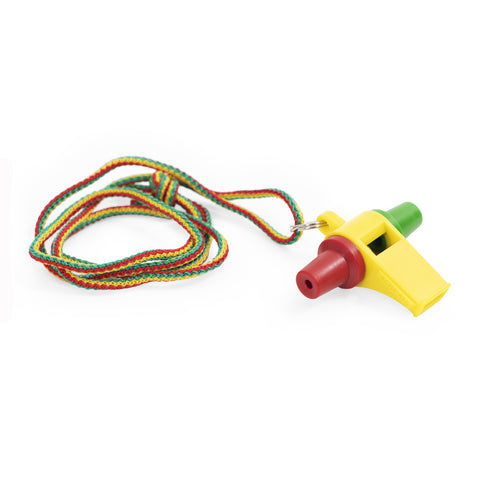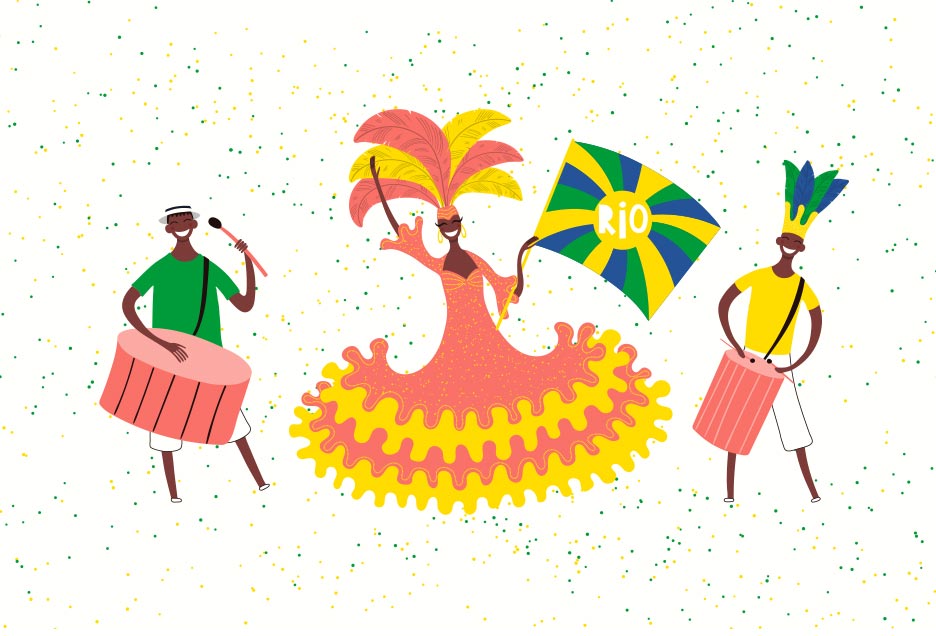Setting up a samba band in your school can be an exciting and enriching experience for students. With the wide range of samba instruments and packs available at Chamberlain Music, you can create a vibrant ensemble that explores the rhythmic traditions of Brazil. This guide will walk you through the process of setting up your school samba band using the instruments and packs offered by Chamberlain Music.
Experienced samba specialists can select their instrumentation from the extensive range available at Chamberlain Music. Included below is a list of all instruments typically included in a samba band, their purpose within the band, and how to play them. If this looks like a daunting list, there’s no need to worry, Chamberlain Music also provides convenient samba packs to get you started.
For newcomers to the genre, a range of packs are available from sets of 3 drums through to full class packs for 20 or 30 players. These specially selected packs come with everything you need including straps, beaters and a teaching resource. Depending on your class size, we recommend starting with one or a combination of these packs alongside a teaching resource to get your students started. As more people join, you can customise your band’s sound with more instruments and auxiliary percussion, like the ganza or chocalho (see below).
Andy Gleadhill’s Brazilian Samba Book is an exciting teaching method, which serves as a guide to non-specialists introducing samba playing to whole class or smaller ensembles. Drawing on Andy’s years of teaching experience as well as a colourful percussion playing career around the world, there is a lot of firsthand knowledge to absorb. Online audio and video support is also included with this guide.
Another popular title is The Beatlife Book which introduces samba and examples of samba band instruments, before moving on to cover a range of musical styles with both simple and advanced versions of each. The final sections of the book cover how to set up and deliver a samba workshop, warm up exercises, and a glossary of terminology. The book comes with a free download of audio resources.
The instruments of Samba…
As a testament to the diverse origins of Samba music, the instruments used in Samba ensembles draw inspiration from a rich tapestry of African, European, and South American musical traditions. Chamberlain Music proudly offers a wide range of instruments from renowned brands Izzo and Percussion Plus, catering to ensembles of all sizes and budgets, ensuring that every musician can find their perfect instrument.
The surdo is a large cylindrical drum with a deep shell. Some models feature a head at each end, whilst others are designed as “nesting sets” for compact storage. It is played in a variety of ways most often with one soft padded beater and an open hand to dampen the sound. Occasionally it is played with two beaters in either hand and sometimes it is played with a soft beater on the drumhead and a hard drumstick striking the side or shell of the drum. The shell of the drum can be made from either wood or metal. These are usually worn on a strap, although some of the nesting versions are designed to be played free-standing.
The repinique, a medium-sized cylindrical drum, adds a lively and dynamic voice to the Samba ensemble. Also known as repique, repeke or reps, the repinique is played with one hard drumstick and an open hand, delivering crisp and resonant tones. For more intricate rhythms and versatility, some drummers employ the traditional technique of using one stick in each hand. The repinique is worn from a shoulder strap, usually around waist high and slightly tilted to the player’s right side.
The caixa is a shallower drum with wire snares strung along one of the two drumheads that give the drum its characteristic rattle. This is usually played with two sticks held in the traditional manner. There are two playing positions for the caixa – horizontal and vertical. In the horizontal playing position, a strap is used to suspend the drum with the snares facing upwards. This keeps both hands free for drumming. It tends to be more popular than the vertical position which requires cradling the drum with one arm upraised, while the other arm is used to hit the drumhead above and below the snares. It is important to avoid hitting the wire snares whilst playing to avoid breaking them.
The tamborim, a small single-headed drum held in one hand, adds intricate and lively rhythms to the Samba ensemble. It is played using a double or triple pronged stick or whip, allowing for precise and vibrant percussive patterns. The player holds the tamborim with one hand whilst using the stick in their dominant hand.
The ganza, a cylindrical tube filled with beads, when shaken, provides a captivating and rhythmic texture to the Samba music. For best results, hold the ganza horizontally. You can control the volume and effect by altering the velocity of shaking.
The chocalho usually consists of a metal or wooden frame on which jingles or cymbalettes are fixed. It creates a dry, powerful sound capable of cutting through the texture of the samba band. Depending on the type of chocalho it can be held in either one hand or using both and shaken rhythmically.
Agogo bells are pairs of differently pitched metal funnel shaped bells, one high one low, played with a wooden stick to create melodic accents and a distinct, lively timbre. You can hold the handle joining the two bells in one hand whilst using the wooden beater in your other hand.
The pandeiro is a large single headed handheld drum with metal jingles around the frame of the drum. It is played with the hands sometimes struck and sometimes shaken, similar to a tambourine.
The apito is a three toned whistle with a pea in the chamber and tone holes at the side that control the pitch.
















